This article was medically reviewed by Jeremy Silverman, DMD. Jeremy Silverman is a Dentist and Founder of Peace of Mind Dental Studio in Chandler, Arizona. With a decade of professional dental experience, he focuses his practice on incorporating mental well-being into the core of oral care. He also partakes in continuing education and stays up to date with the newest techniques, technology, and products. Dr. Silverman holds a BA in Psychobiology from the University of California at Los Angeles and a DMD from Midwestern University. He is a member of the American Dental Association, Arizona Dental Association, and Central Arizona Dental Society. Dr. Silverman is also Laser Certified by the World Clinical Laser Institute.
This article has been viewed 24,485 times.
Of course it's important to keep your toothbrush clean, but you might be surprised just how easy that is to do! We'll show you tips for maintaining your toothbrush and how to know when to swap it for a new one.
Steps
Cleaning Your Toothbrush Regularly
-
1Rinse your toothbrush with tap water before and after brushing your teeth. This will help get rid of any toothpaste residue and rinse out any bacteria.[1] It's not necessary to use cleaner on your toothbrush each time you use it. Simply turn the tap water on and run your brush under the water for a few seconds. Make sure to get any old toothpaste residue out of your brush before brushing your teeth again.
- You can use warm or cold tap water to rinse your toothbrush. Warm water may soften your toothbrush bristles and make them feel smoother when you brush.
-
2Wipe down the toothbrush's handle once a month. Sometimes, the handle of a toothbrush gets clogged with gunk. If you want, you can clean your toothbrush's handle about once a month. You can create a mixture of one parts bleach with ten parts water or even a chlorhexidine mouthwash can do the job. Use a clean cloth to wipe down your toothbrush's handle.
- Some people advocate disinfecting your whole toothbrush in a bleach/water solution. However, the Center for Disease Control and Prevent advises against soaking a full toothbrush in disinfectant, as this can actually damage the toothbrush.[2] Stick to cleaning the handle over the whole brush.
Advertisement -
3Limit use of disinfectants. It is okay to occasionally clean gunk off the toothbrush's handle, but regular use of disinfectants can be damaging and you may develop allergies on your skin or mucosa if the substance is too concentrated It is not necessary to store a toothbrush in a disinfectant solution. For regular cleaning, tap water is sufficient to safely clean a toothbrush.
-
4Select toothbrush cleaners approved by the Food and Drug Administration. If you want to use disinfectant solution for any reason, make sure to choose a disinfectant approved by the Food and Drug Administration (FDA). An FDA approved solution should be generally safe for use. When using a disinfectant on the brush itself, opt for an FDA approved solution over something made at home.[3]
- For the most part, however, it's unnecessary to disinfect toothbrush bristles. If your brush becomes contaminated, it's safer to buy a new toothbrush than it is to try to disinfect an old one.
Keeping Your Toothbrush Clean
-
1Do not store toothbrushes in closed containers.[4] Many people feel the need to protect toothbrushes from bathroom contaminants by storing them in closed containers. However, toothbrushes need exposure to air to dry out because oxygen can destroy a large amount of bacteria. A moist toothbrush is a breeding grounds for bacteria. In order to keep your toothbrush clean, store it in an open container in your bathroom.[5]
- Make sure to keep your toothbrush in a protected area, such as up on a high counter to make sure it will not fall onto the floor.
-
2Let your toothbrush air dry after use. It's unnecessary to try to dry your toothbrush after cleaning it. If you want, you can give the toothbrush a few quick shakes to get out excess water. Other than this, however, your toothbrush will not require drying. You can simply put the toothbrush in its regular container after rinsing it.
-
3Store your toothbrush in an upright position. You should always store toothbrushes upright. This will allow the toothbrush to dry easier and remove airborne debris. You should have some kind of cup in your bathroom where you store toothbrushes.
- You can also use a toothbrush holder with a suction cup that can be placed on your mirror.
- If you're storing multiple toothbrushes in the same container, make sure they don't touch one another.
- Regardless of what you use to hold your toothbrushes, you should regularly clean your toothbrush holder to prevent bacteria from growing there.
Avoiding Mistakes with Toothbrush Care
-
1Throw out old toothbrushes. Toothbrushes should generally be replaced every three to six months. Even with proper care, toothbrushes get old with time. After three months have passed, discard your toothbrush and purchase a new one.[6]
-
2Do not share a toothbrush. You should always have your own toothbrush. Never share a toothbrush with another person, as this can spread disease or viruses and bacteria.[7]
-
3Dispose of toothbrushes that have been contaminated. Sometimes, accidents happen. You may drop your toothbrush on the floor, in the sink, or in the toilet. Disinfecting toothbrushes is difficult, and can actually do more harm than good. In the event a toothbrush gets contaminated, throw it away and buy another brush. This is much safer than attempting to disinfect the brush on your own.
Expert Q&A
-
QuestionHow do I know when to replace my toothbrush?
 Jeremy Silverman, DMDJeremy Silverman is a Dentist and Founder of Peace of Mind Dental Studio in Chandler, Arizona. With a decade of professional dental experience, he focuses his practice on incorporating mental well-being into the core of oral care. He also partakes in continuing education and stays up to date with the newest techniques, technology, and products. Dr. Silverman holds a BA in Psychobiology from the University of California at Los Angeles and a DMD from Midwestern University. He is a member of the American Dental Association, Arizona Dental Association, and Central Arizona Dental Society. Dr. Silverman is also Laser Certified by the World Clinical Laser Institute.
Jeremy Silverman, DMDJeremy Silverman is a Dentist and Founder of Peace of Mind Dental Studio in Chandler, Arizona. With a decade of professional dental experience, he focuses his practice on incorporating mental well-being into the core of oral care. He also partakes in continuing education and stays up to date with the newest techniques, technology, and products. Dr. Silverman holds a BA in Psychobiology from the University of California at Los Angeles and a DMD from Midwestern University. He is a member of the American Dental Association, Arizona Dental Association, and Central Arizona Dental Society. Dr. Silverman is also Laser Certified by the World Clinical Laser Institute.
Dentist Typically, a toothbrush should be used for 3-6 months before replacing it. If you need a reminder, many toothbrushes have color markers on the bristles to show when a replacement is needed.
Typically, a toothbrush should be used for 3-6 months before replacing it. If you need a reminder, many toothbrushes have color markers on the bristles to show when a replacement is needed.
References
- ↑ https://www.cdc.gov/oralhealth/infectioncontrol/faqs/toothbrush-handling.html
- ↑ https://www.cdc.gov/oralhealth/infectioncontrol/faqs/toothbrush-handling.html
- ↑ https://www.ada.org/en/member-center/oral-health-topics/toothbrushes
- ↑ https://www.cdc.gov/oralhealth/infectioncontrol/faqs/toothbrush-handling.html
- ↑ https://www.ada.org/en/member-center/oral-health-topics/toothbrushes
- ↑ https://health.clevelandclinic.org/2014/06/wash-it-soak-it-pitch-it-4-tips-for-a-clean-toothbrush/
- ↑ https://health.clevelandclinic.org/2014/06/wash-it-soak-it-pitch-it-4-tips-for-a-clean-toothbrush/
About This Article
To clean toothbrushes, just rinse the bristles with tap water before and after using them. You can also wipe down the handle of the toothbrush once a month with 1 part bleach and 10 parts water. Avoid using disinfectants or bleach on the bristles themselves since it's not necessary and it may damage the toothbrushes. Also, don't store your toothbrushes in closed containers, which can trap moisture and lead to the growth of bacteria. It's best to let your toothbrushes air dry after each use. To learn more from our Dental Surgeon co-author, like how to keep a toothbrush clean, keep reading the article!
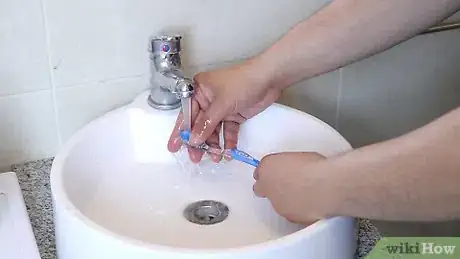
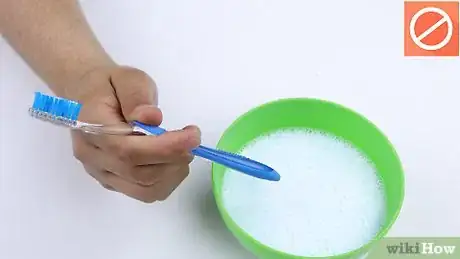
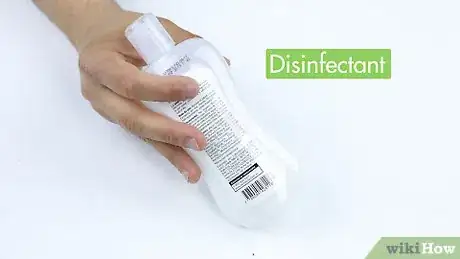
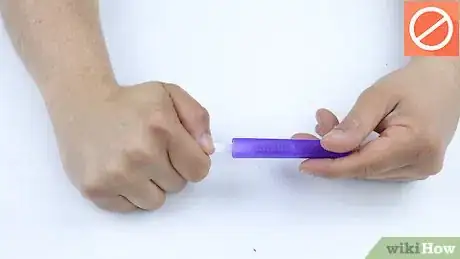
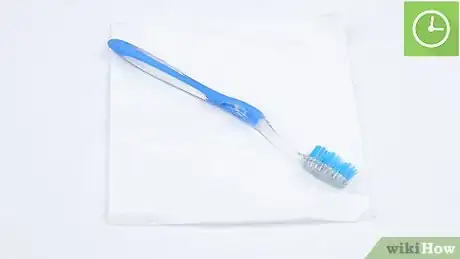
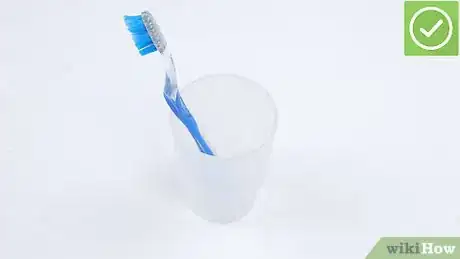
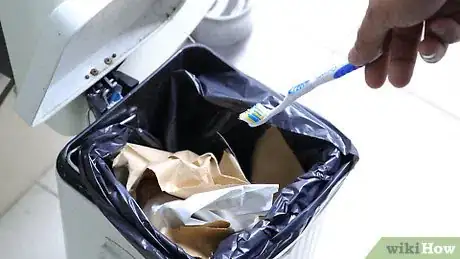
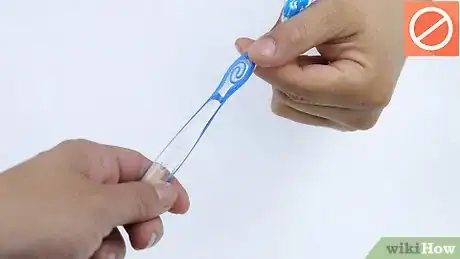
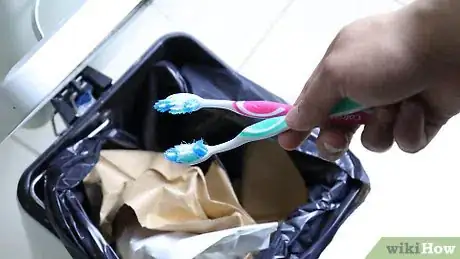
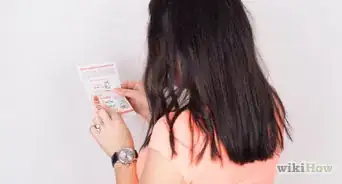
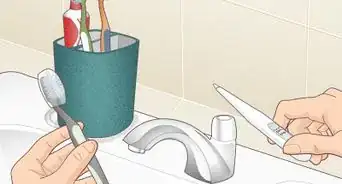

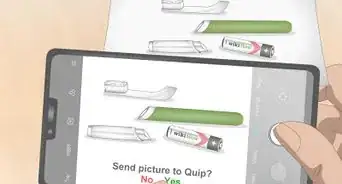
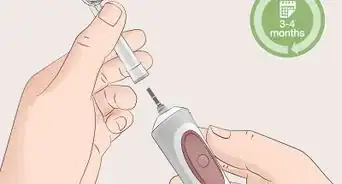
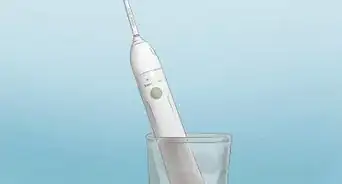

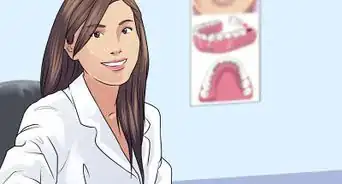
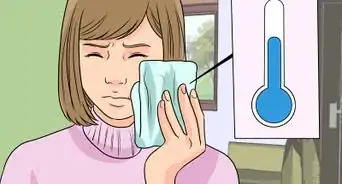


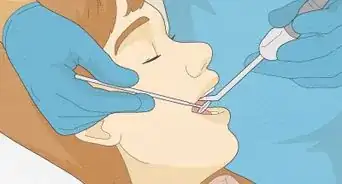
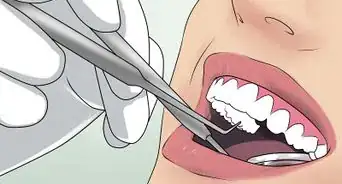









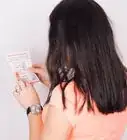
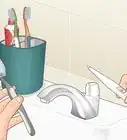
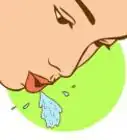




































Medical Disclaimer
The content of this article is not intended to be a substitute for professional medical advice, examination, diagnosis, or treatment. You should always contact your doctor or other qualified healthcare professional before starting, changing, or stopping any kind of health treatment.
Read More...